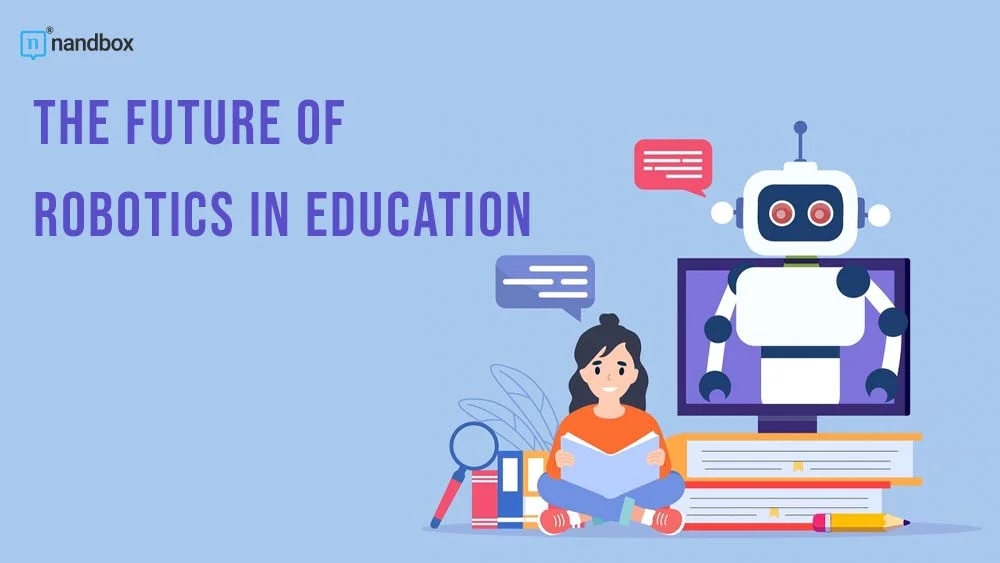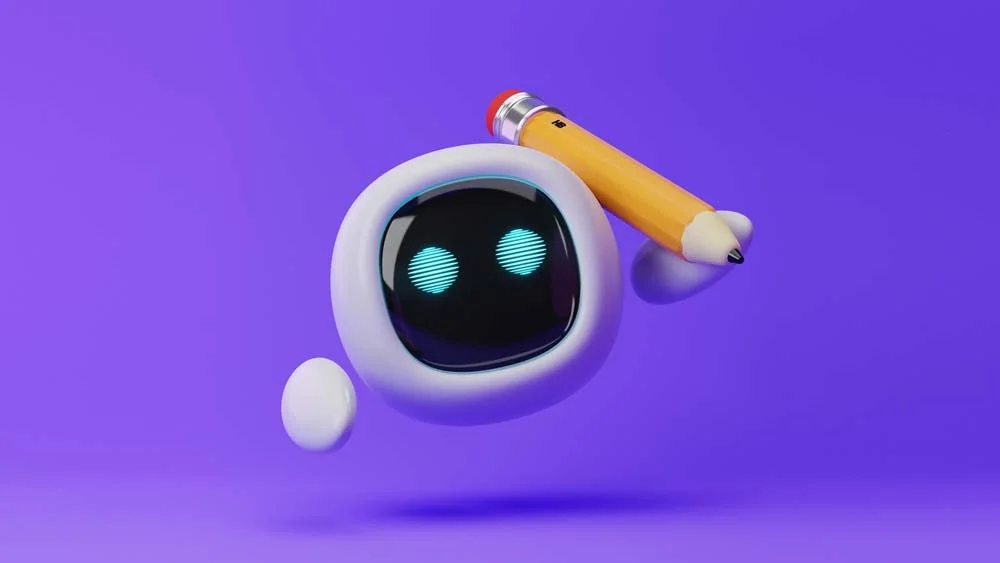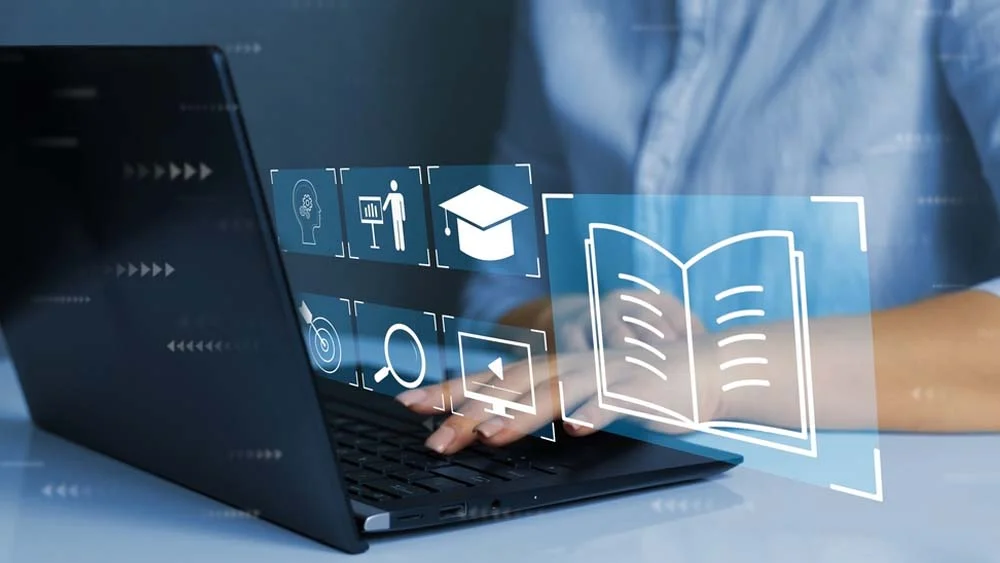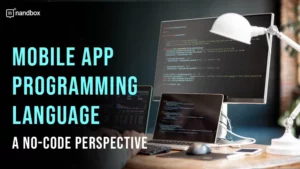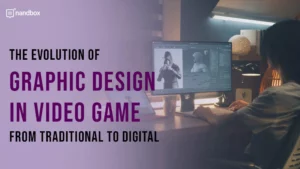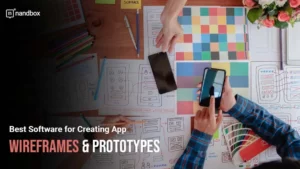The integration of robotics into education marks a significant leap forward in the way we approach teaching and learning. As we stand on the cusp of a technological revolution in education, robotics emerges as a pivotal tool, not just for imparting knowledge but for reshaping the learning environment itself. This transformative potential of robotics promises to make education more interactive, engaging, and tailored to individual learning styles, offering a glimpse into the future of classrooms that are more adaptive and innovative.
Currently, the use of robotics in education is evolving rapidly, moving beyond mere novelty to become an integral part of curricula across various levels of schooling. From primary classrooms to university labs, educators and students alike are exploring the multifaceted benefits of robotics in learning. This surge in interest is not just about the allure of technology; it’s about recognizing the vast potential robotics has to offer in enhancing educational outcomes. As students today navigate a world where the demand for digital literacy is ever-increasing, the phrase “top rated essay writing services” could soon be replaced by commands to personal, educational robots designed to assist with homework, projects, and even personalized learning plans.
The Evolution of Robotics in Education
Robotics in education has come a long way from its initial forays into classrooms. Initially seen as an advanced tool for higher education and research, robotics has now permeated all levels of schooling. Early applications were focused on teaching the basics of programming and engineering principles, but today’s educational robots are multifunctional tools that support a wide range of subjects, including mathematics, science, language arts, and social studies. This evolution reflects broader technological advancements and a growing recognition of the importance of STEM education from an early age.
Current Applications of Robotics in Learning
In contemporary classrooms, robotics serves multiple roles, from teaching coding and programming skills in an engaging way to acting as interactive tools that stimulate interest in STEM subjects. Robotics competitions, such as FIRST LEGO League, have become popular, offering students hands-on experience in designing, building, and programming robots. Additionally, robotics has found a place in special education, providing unique opportunities for students with disabilities to interact and learn in ways that cater to their specific needs, thereby enhancing inclusivity and accessibility in learning.
Technological Advancements Shaping Robotics in Education
The rapid pace of technological advancements, particularly in AI, machine learning, and sensor technology, is significantly influencing the development of educational robotics. Modern educational robots equip the educational sector with capabilities that allow them to interact with students more personally and meaningfully. These robots can adapt to a student’s learning pace, provide immediate feedback, and even recognize and respond to a range of emotions, making the learning experience more engaging and effective.
The Role of Robotics in Personalized Learning
One of the most exciting prospects of robotics in education is its potential to offer personalized learning experiences. By leveraging data analytics and AI, robots can tailor their interactions and content to fit the learning style and proficiency level of each student. This individualized approach helps to maximize learning efficiency, ensuring that every student can achieve their full potential. Examples already in motion include robots that assist students with language learning, offering real-time corrections and conversational practice that adjusts to the learner’s competency level.
Challenges and Considerations
Despite the promising future of robotics in education, there are significant challenges to overcome. The high cost of robotics technology can be a barrier to widespread adoption, particularly in underfunded schools. Additionally, there’s a pressing need for teacher training programs that equip educators with the skills to effectively integrate robotics into their teaching. Ensuring equitable access to this technology is crucial to prevent the widening of the digital divide among students from different socioeconomic backgrounds.
The Future Vision of Robotics in Education
Looking ahead, the future of robotics in education is likely to be characterized by even more advanced and intuitive technologies. The concept of robotic assistants in classrooms could become a reality, providing support to teachers and offering students personalized guidance. Collaborative robots, or cobots, designed for group learning activities, could foster teamwork and communication skills among students. Furthermore, the integration of virtual reality with robotics could create immersive learning experiences that are both engaging and highly educational.
Preparing Students for a Robotic Future
As robotics becomes an integral part of our daily lives, preparing students for a future dominated by automation and robotics is essential. This preparation involves not just teaching students how to interact with and program robots but also fostering critical thinking, creativity, and problem-solving skills. Initiatives that promote robotics education, from elementary schools to higher education, are vital in ensuring that the workforce of the future is ready for the challenges and opportunities that robotics will bring.
Conclusion
The future of robotics in education is bright, with the potential to transform how we teach, learn, and engage with knowledge. As we continue to explore and integrate robotics into the classroom, the benefits of such technology become increasingly clear, offering a pathway to more personalized, engaging, and effective education. To fully realize this potential, it’s imperative that educators, policymakers, and technologists collaborate to address the challenges and harness the opportunities that robotics presents. To help with this, it is recommended to look for asset management software for schools that can help manage the equipment used for these projects.
In doing so, we not only enhance educational outcomes but also prepare students to thrive in a future where robotics and automation are ubiquitous. As students become more adept at commanding robots, maybe even top-rated essay writing services, we inch closer to a future where education is more accessible, interactive, and tailored every learner’s needs.

